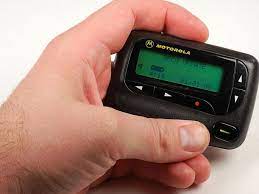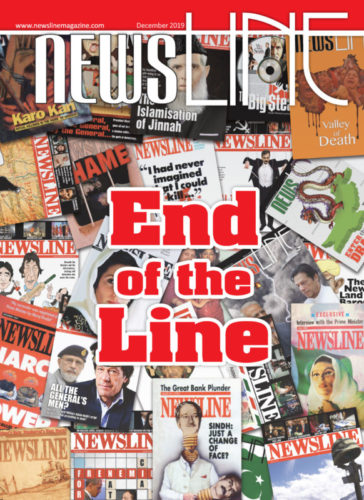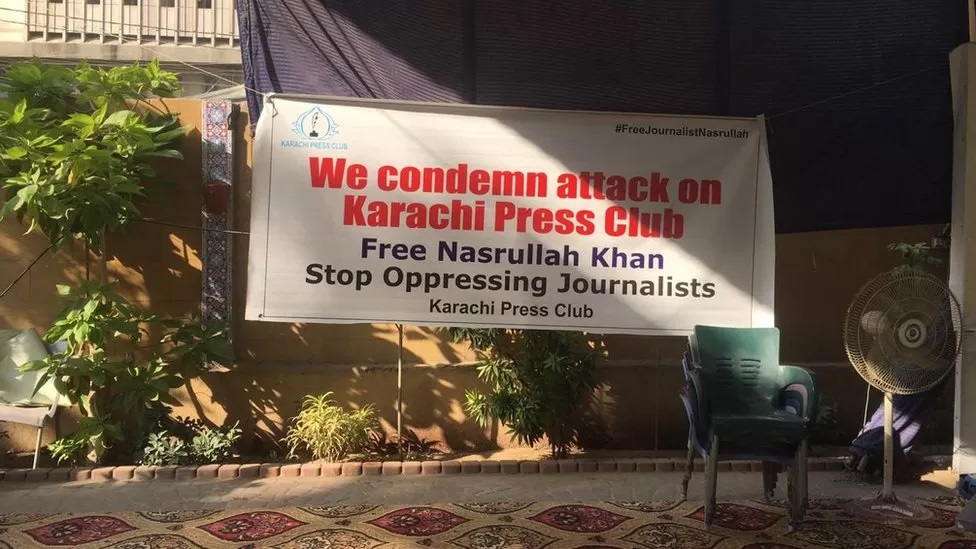Pager explosions in Labnon on September 17, 2024, have revived my memories of Pager service in Pakistan in the early 1990s when I was a budding journalist at the Karachi Bureau of the the national news agency, Associated Press of Pakistan (APP).
In the early 1990s, Pakistan was just beginning to see the rise of communication technologies that would later revolutionise the way we connect with each other. This era, predating the widespread use of mobile phones, was marked by the introduction of Pagers, which, at the time, represented the cutting edge of instant messaging.
The Arrival of Pagers
I remember it vividly, as a reporter working for the Associated Press of Pakistan (APP) at the Karachi Bureau. When we were first introduced to Pagers, it felt like we were stepping into the future. The device, small enough to clip onto a belt or slip into a shirt pocket, was a symbol of progress and modernity. In those days, communication technology was still in its infancy, and even something as limited as a Pager was a big deal.
But despite the excitement, the functionality of Pagers was limited. It was essentially a one-way communication tool. The process of sending a message was far more cumbersome than the effortless texting we take for granted today. The news desk or our Bureau Chief would have to contact the Pager company and speak with an operator. They would then dictate the message they wanted to send, which was usually no more than a short one-liner. The operator would type it out and send it to the recipient’s Pager.
The messages we received were brief, but they had a certain urgency and importance. For reporters like myself, who were often in the field, receiving updates from the office was crucial. The Pager allowed us to stay informed, even if we couldn’t respond immediately. In a way, it was the precursor to the more sophisticated forms of mobile communication we use today.
A Symbol of Status
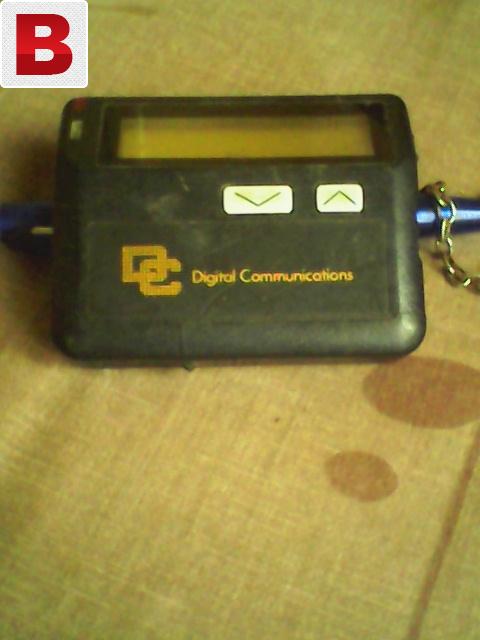
Owning a Pager back then was also a status symbol. I remember the excitement when I first received mine. It was sleek, compact, and something of a novelty. Wearing it on my pent belt or clipping it to the front of my shirt was a matter of pride. It signified that I was part of a select group of professionals who had access to the latest in communication technology.
For many, the Pager was more than just a tool for work—it was a gadget that represented the future. In an era when landline phones were still the primary means of communication, having a device that could receive messages anywhere was a game-changer. Of course, the excitement was short-lived for some of us in Karachi, as the device’s use became entangled with the city’s volatile political situation.
Military Operations and the Ban on Pagers
Unfortunately, the introduction of Pagers coincided with a turbulent period in Karachi’s history. The city was in the midst of military operations, and law enforcement agencies were highly suspicious of new forms of communication. In their view, Pagers could be used for covert communication between individuals involved in illegal activities.
It wasn’t long before the government decided to block the Pager service in Karachi. For us reporters, the loss of this new technology was a setback. We had just gotten used to the convenience of receiving messages in the field, and suddenly, it was taken away. The ban was part of a broader effort to curb any potential misuse of communication technology during the military operations that were ongoing in the city at the time.
The Introduction of Early Mobile Phones
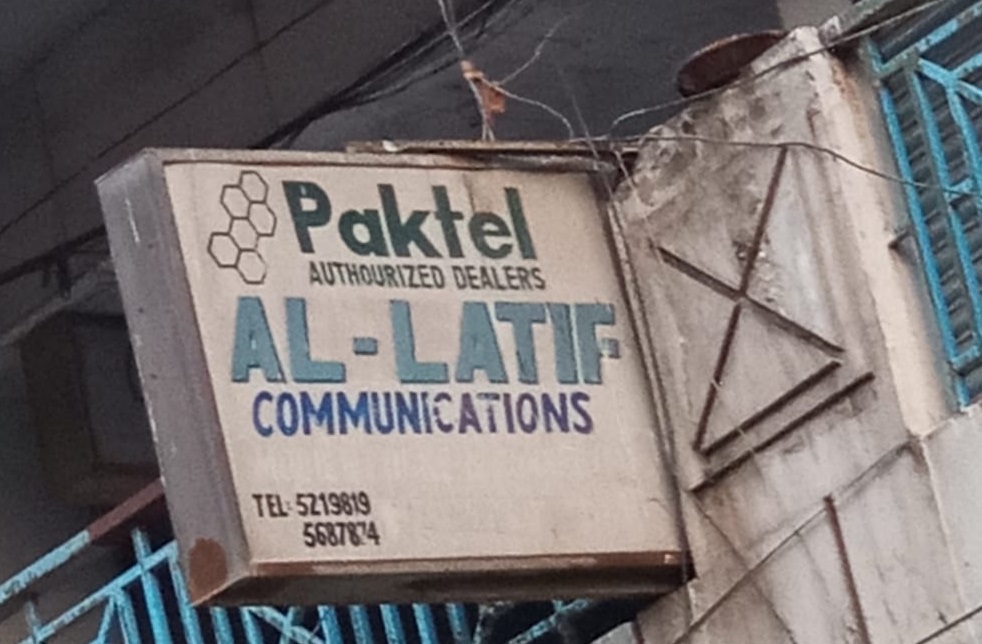
While the ban on Pagers was frustrating, it wasn’t long before a new technology arrived that promised even greater connectivity—analogue mobile phones. PakTel, one of the earliest mobile service providers in Pakistan, began offering analogue mobile phone services (without SIM) around the same time. These early mobile phones, known as AMs (Analogue Mobiles), were large, bulky devices, quite unlike the sleek smartphones we use today. But despite their size, they were revolutionary for their time.
However, the excitement surrounding the launch of mobile phones was short-lived for Karachi residents. Much like the Pagers, mobile phones were also seen as a potential security threat by law enforcement. The military operations that had led to the banning of Pagers now resulted in a similar ban on mobile phones in Karachi. For at least three years, the city’s residents were unable to use mobile phones. This was a time of great frustration, especially for professionals like journalists who relied heavily on real-time communication.
A Frustrating Limbo
For three long years, Karachi remained in a kind of technological limbo. While the rest of the country was gradually adopting mobile phones, the city’s residents were cut off from this new wave of connectivity. It was a strange time to be a journalist, knowing that these new technologies existed but were out of reach due to security concerns.
Still, the desire for better communication tools never waned. Once the bans were lifted, both Pagers and mobile phones began to proliferate, and the shift towards modern communication took off. Pagers, however, quickly became obsolete as mobile phones improved and became more widely available. The introduction of SMS (Short Message Service) on mobile phones rendered the one-way messaging of Pagers redundant.
Looking Back on a Transitional Era
Reflecting on those early days of communication technology in Pakistan, it’s fascinating to see how far we’ve come. The introduction of Pagers, and later mobile phones, marked the beginning of a communications revolution that has completely transformed the way we live and work. Today, we take for granted the ability to send and receive messages instantly, no matter where we are. But in the early 1990s, even a one-line message delivered via a Pager felt like something out of science fiction.
For those of us who experienced that transitional era firsthand, it was an exciting, if sometimes frustrating, time. We were witnessing the birth of a new way of communicating, even if it took a few years for the technology to truly take hold. The memory of clipping that first Pager to my belt remains vivid, a reminder of a simpler time when even the most basic form of messaging felt like a glimpse into the future.
Conclusion
The 1990s were a pivotal decade for communication technology in Pakistan. From the brief excitement of Pagers to the eventual widespread adoption of mobile phones, this period laid the foundation for the hyper-connected world we live in today. Although Pagers are now a relic of the past, they played an important role in the evolution of communication, and for those of us who used them, they will always hold a special place in our memories.

